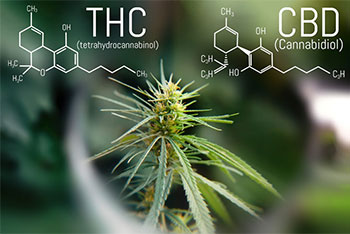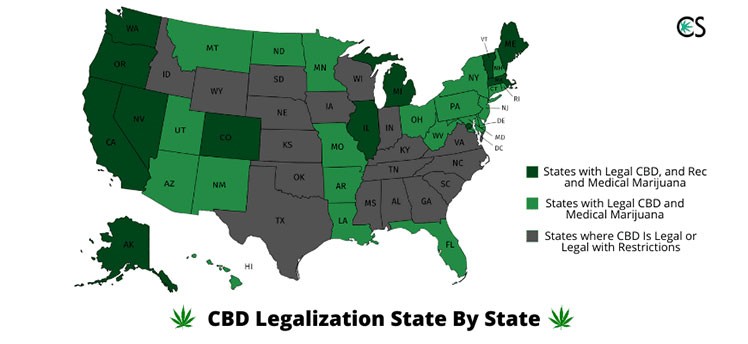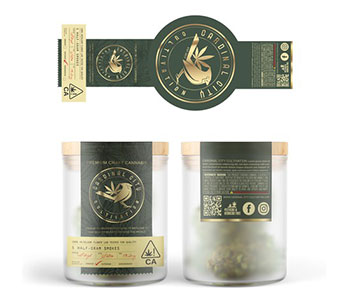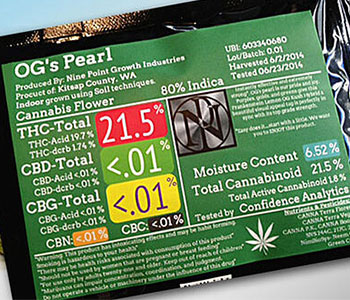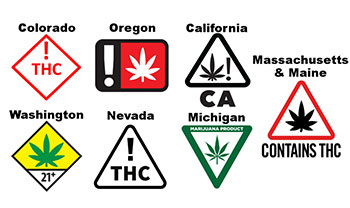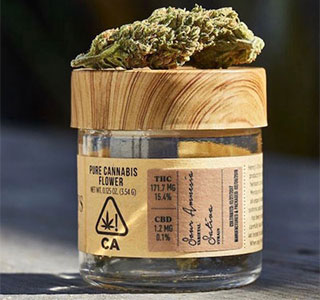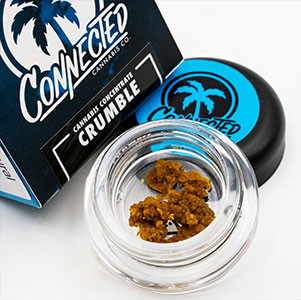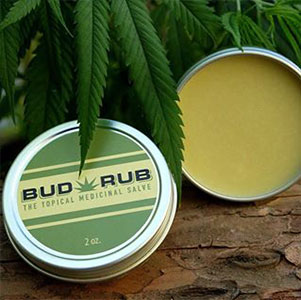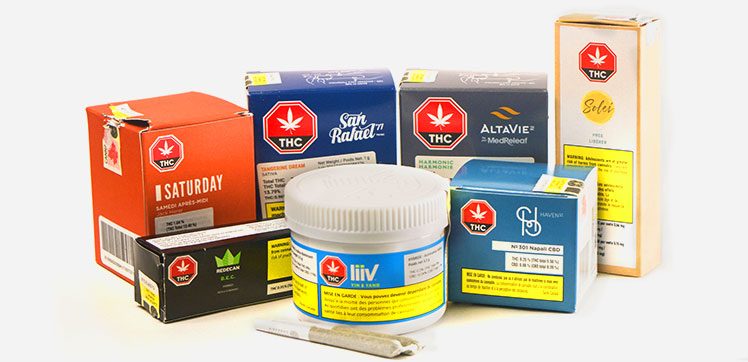
“Cannabis”, “Hemp”, or “Marijuana” - What’s The Difference?
The Food and Drug Administration (FDA) regulates cannabidiol (CBD) products differently than they do medications and supplements.
For this reason, some companies take advantage and use the terms “hemp” and “CBD” interchangeably on their labels. But there are considerable differences between the two.
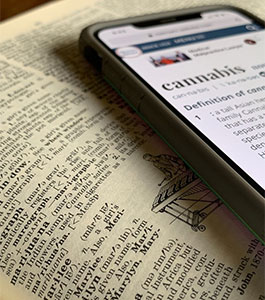
Let’s do a rundown on cannabis vocabulary and see the actual difference between the terms.
Cannabis
- delta-9-tetrahydrocannabinol (THC) and
- cannabidiol (CBD).
Its potential is related to health benefits, so there’s much interest around it. It is non-impairing and doesn’t cause a “high.”
So far, the FDA has approved only one CBD product that treats severe forms of epilepsy.
However, among the advertised benefits of CBD are its anti-inflammatory effects, pain relief, anxiety relief, sleep aid, appetite stimulant, and many more.
The Cannabis species includes both hemp and marijuana.
Let’s see the difference below.
Hemp
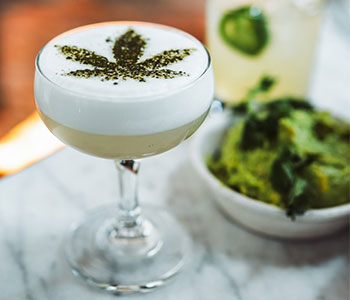
On the other hand, hemp boasts more CBD and is rich in protein and nutrients that make it the perfect base for foods and supplements.
Marijuana
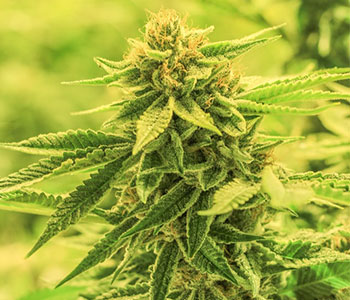
Takeaway
Both marijuana and hemp are species of the same Cannabis plant.
They both contain cannabidiol (CBD) in higher or lower doses, depending on the strain.
- Marijuana contains more than 0.3 percent THC by dry weight
- Hemp contains less than 0.3 THC by dry weight.
What's the actual term on my marijuana labels?
As said, we’re talking about a sensitive background and niche. And marijuana is still part of a drug class. So federal legislation prefers the term “cannabis.”
This means:
Now, let’s have a closer look at the legal aspect. There are things you should keep in mind when creating your marijuana labels, whether for CBD oil boxes, tinctures, edibles, or cosmetics.
So keep reading.
Legality And Federal Requirements
The Food and Drug Administration (FDA) is still running investigations on CBD and will continue to update its regulations and guidelines as it learns more.
For this reason, make sure your cannabis plants and products are in line with the latest provisions and keep you and your customers safe in all aspects. Check with the federal laws in your state and always check with the FDA.
Make truthful statements on your marijuana labels
Required Information For Marijuana Labels
The FDA’s basic requirements list a few pieces of information that’s mandatory to appear on your labels.
Product identity
Always include the term “Cannabis” in the name of your product. You can also mention the name of the strain or species (e.g., sativa, indica, hybrid). This differentiation of your cannabis boxes can drive consumers’ buying decisions.
Net quantity of contents
- Stated in both U.S. customary and Metric (SI) units;
- Measured by volume if the product is a liquid (net contents);
- Expressed as weight if the product is solid, semi-solid, or viscous (net-weight)
Licensee name/phone/email
Name, address, and business phone number or email address of the licensee, packer, or distributor of the finished product. Contact info will make it easier for consumers to make inquiries and complaints.
Ingredients list
List ingredients by common name and in descending order of predominance by weight.
Nutrition info
The “Nutrition Facts” panel is a common labeling item that contains the quantitative amount per serving.
License number/batch/lot code
The license number of the manufacturer who produced the finished product and the product batch or lot code for tracking purposes.
Cannabis facts panel
- List the effective THC percentage and all other cannabinoids weight by weight.
- List the effective THC percentage and all other cannabinoids, weight by weight or weight by volume.
- List the milligram content of active THC and all other cannabinoids per manufacturer-specified unit.
- List the milligram content of active THC and all other cannabinoids per container.
Contaminant testing statement
This statement ensures customers your products are free of harmful substances.
Allergen labeling
Mention all major food allergens for ingestible infused products and concentrates.
Universal symbol
These icons warn consumers that the product contains cannabis or THC. The potency is of at least 0.3% effective THC weight by weight or weight by volume. Or 1 mg of active THC per container or per measurement unit.
Warning Statements On Marijuana Labels
- “Keep out of reach of children.”
- “Keep out of reach of children and pets.”
- “This product may be unlawful outside the State of [insert state].”
- “This product has not been analyzed or approved by the FDA.”
- “There may be additional health risks associated with the consumption of this product for women who are pregnant, breastfeeding, or planning on becoming pregnant.”
- “For use only by adults twenty-one and older.”
- “For medical use only.”
- “This product may have intoxicating effects. Do not drive or operate heavy machinery while under the influence of cannabis.”
- “The intoxicating effects of this product may be delayed by two or more hours when eaten or swallowed.”
- “This product may be habit-forming.”
Bear with me now, there’s more.
Marijuana Labels - Your Short Info Sheets
You may have a single type of product in various versions or a line of multiple types of products. And each of them comes with its own rules concerning description.
Flower
The composition, psychoactive effects, and flavor of cannabis products are equally important for consumers who smoke dry flower. With this in mind, offer them essential information even before they know they need it.
Write about the elements of every strain, going beyond the basic Indica/Sativa/Hybrid designation. Mention the characteristics and benefits of use.
Concentrates
The percentage of cannabinoids and terpenes in marijuana concentrates is greater than in raw cannabis flowers. This can be intimidating for newcomers who are making their first steps into using cannabis products.
So to make labels easy to understand, use common terms. Also use key details about concentrate purity, delivery method, and extraction so that consumers know what they are buying.
Topicals
Topical ointments and lotions are becoming more and more popular among cannabis enthusiasts.
Make a clear distinction between therapeutic effects and psychoactive ones.
In this way, you avoid unhappy customers purchasing topicals and expecting to experience a high.
Edibles
When it comes to edibles, things get trickier and extremely important.
Many states require product descriptions to contain dosage information.
Some go so far as requiring manufacturers to sell edible products with specific dosage quantities.
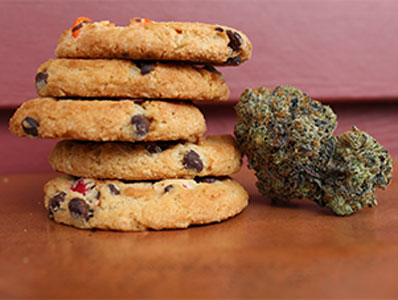
But there’s more on edibles labels that you should know.
Keep on reading.
* Pin on marijuana edibles
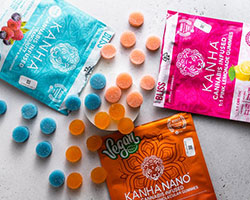
Therefore, there are two prohibitions related to marijuana edibles:
1. The word “candy” is NOT ALLOWED on edible marijuana labels and packaging.
2. Edibles in shapes appealing to children (e.g., gummy bears or jelly beans) ARE BANNED.
Everything about marijuana products, whether in bud form or as infused edibles and topicals, MUST APPEAL ONLY TO ADULTS.
Do not use cartoons, toys, or other images that would appeal to young children.
Also, it would be best if you avoided ultra-bright color palettes that catch kids’ interest.
That being said: Once you’ve put all the puzzle pieces together to make your marijuana labels, it’s time to give your creativity a high.
How do you make everything be useful and appealing (but not to kids) at the same time?
Read on.
Product Description and Branding
So, beyond putting down all the mandatory details and making them visible on the packaging, make sure you offer something extra.
Make your product description a killer and stand out as a reputable company that values transparency and its customers.
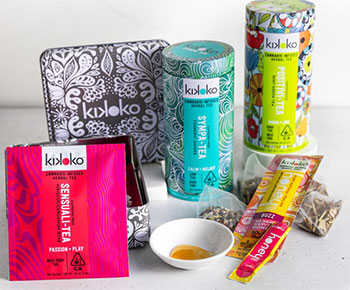
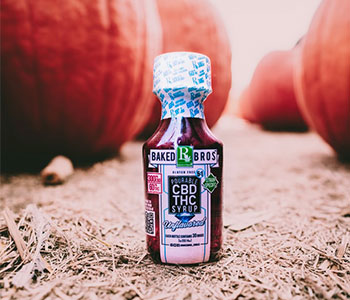
But there are also newcomers. They may have an idea of what type of product they are looking for but none about what it’s called.
At first, they will look at many sources and product descriptions to help them understand and make an informed decision before buying.
Tips for a great product description
#1 Know your audience
Certain products target specific customers. It’s ideal to know your customers’ location, gender, age, and cultural interests. The more you know about them, the better your labels will target them.
#2 List the features and benefits
Set the value of your product by talking about its features and its benefits. If both are appealing to the customer, especially the benefits, you may have got yourself a loyal fan.
#3 Show your brand's personality
Every brand is unique. And so is yours. The way you describe your products will reflect your personality and how you perceive customers. Is your style formal, street-savvy, or casual? Whatever it is, make it so that customers identify your brand with a reputable source of value.
#4 Use fonts that are easy to read
Text readability is essential. If customers find it hard to read the details on your labels, they’ll lose interest quickly. Use fonts that are easy to read. Even if customers skim the text, they should be able to get the main and most important ideas about your product.
Now, you’re ready to put the best of you out there.
Create marijuana labels to represent your brand’s identity, provide critical and regulatory information, and offer instructions for use.
Attract customers to stay with your brand in the long term.
Ultimately, choose the best printing partner and printing options, and you’ve set yourself up for success. Choose embossed labels, hot foiling, and other embellishments to make your products stand out.
Print Your Marijuana Labels With YourBoxSolution
Everything about us is high, except prices. High quality. High standards. High commitment. From the materials we use to the support we give our customers in the printing process and the final result.
We only work with the best materials, and the customization options we offer might be exactly what you were looking for.
The labels we print are strong; they apply easily, and they last.
You choose the shape, size, and design. You can print your labels on matte, gloss, or metallic BOPP material. Anything you want, we make it happen.
Give us a call or click on the blue button below and let’s make your premium marijuana labels a boom.

